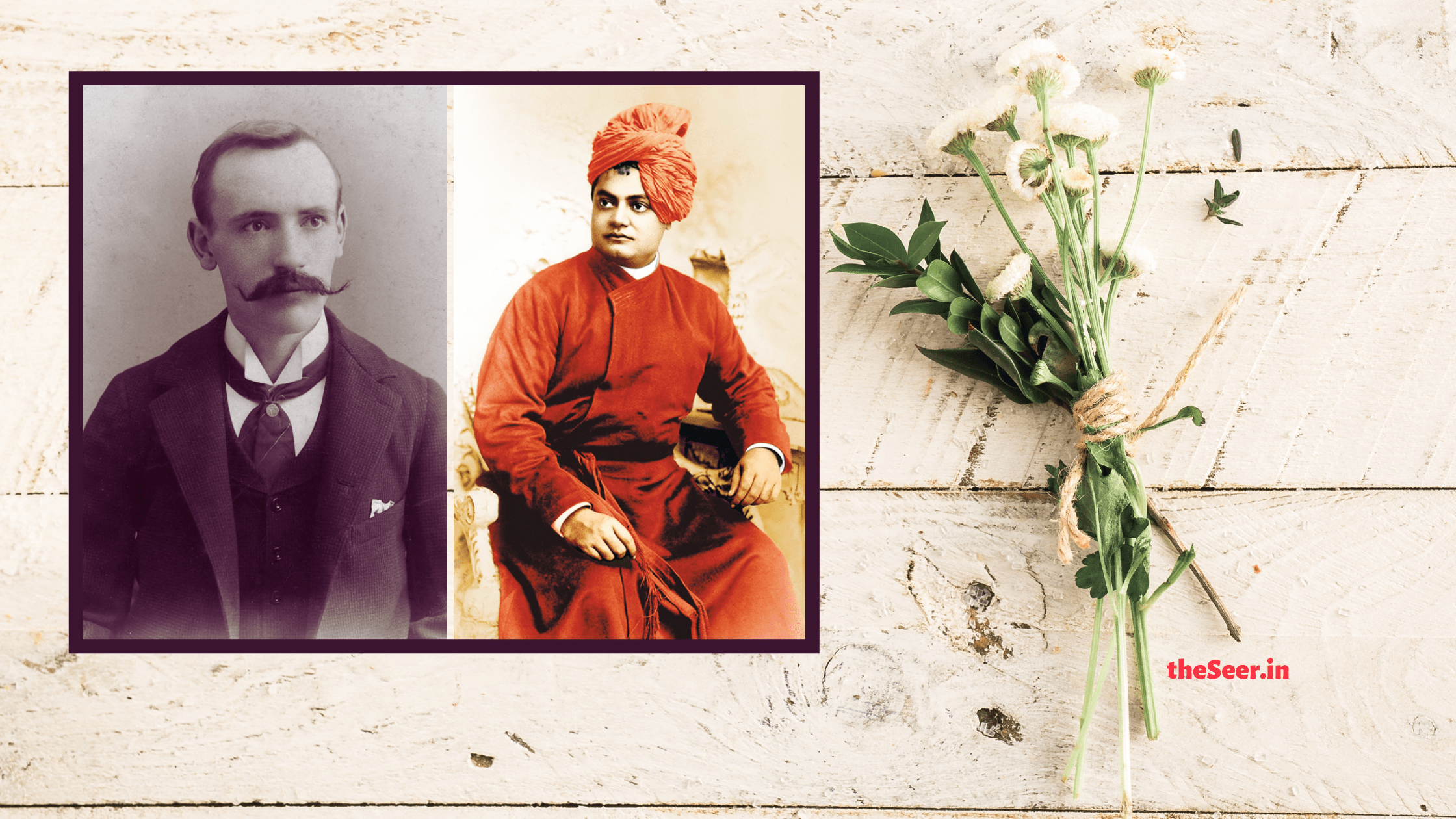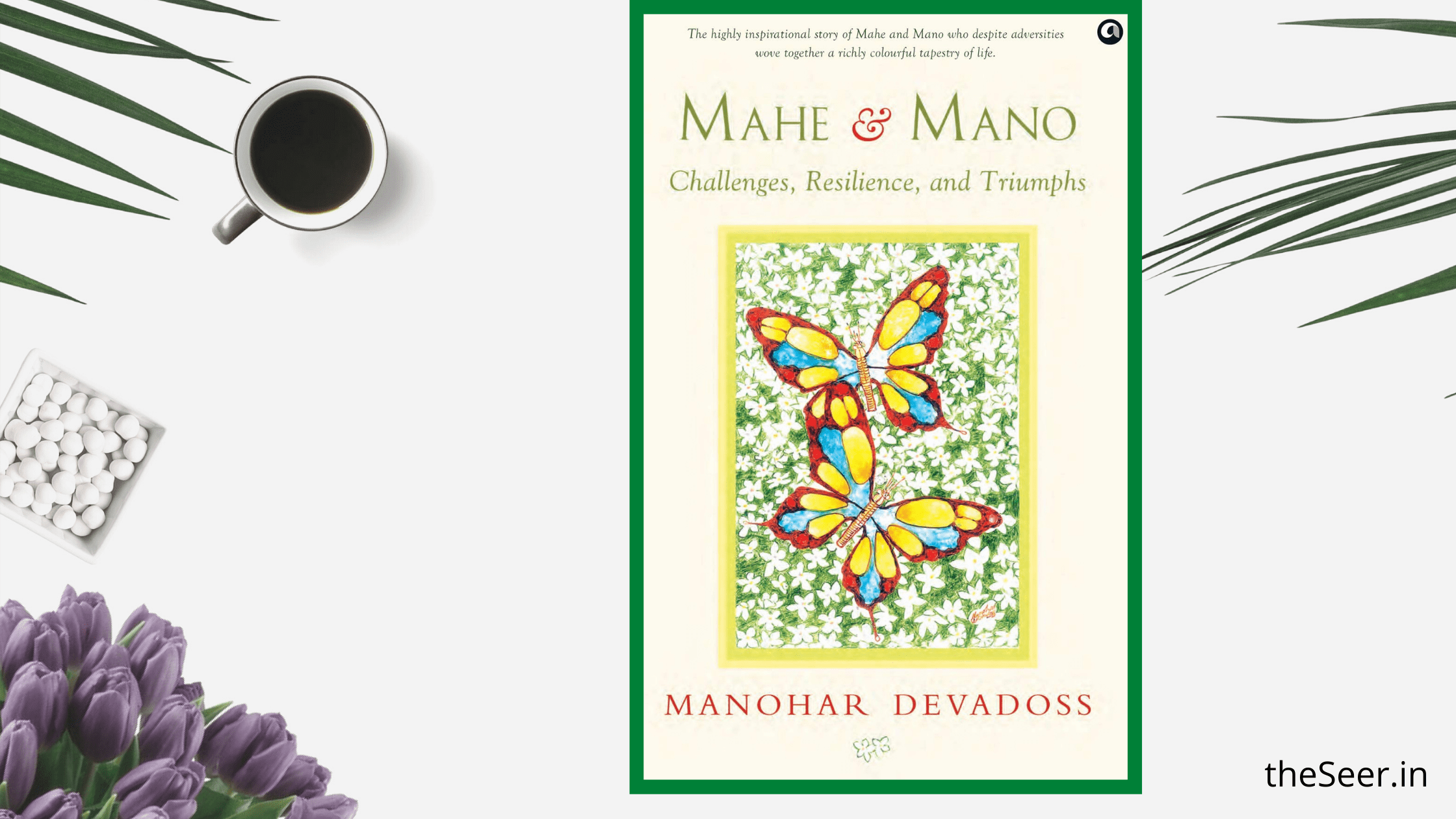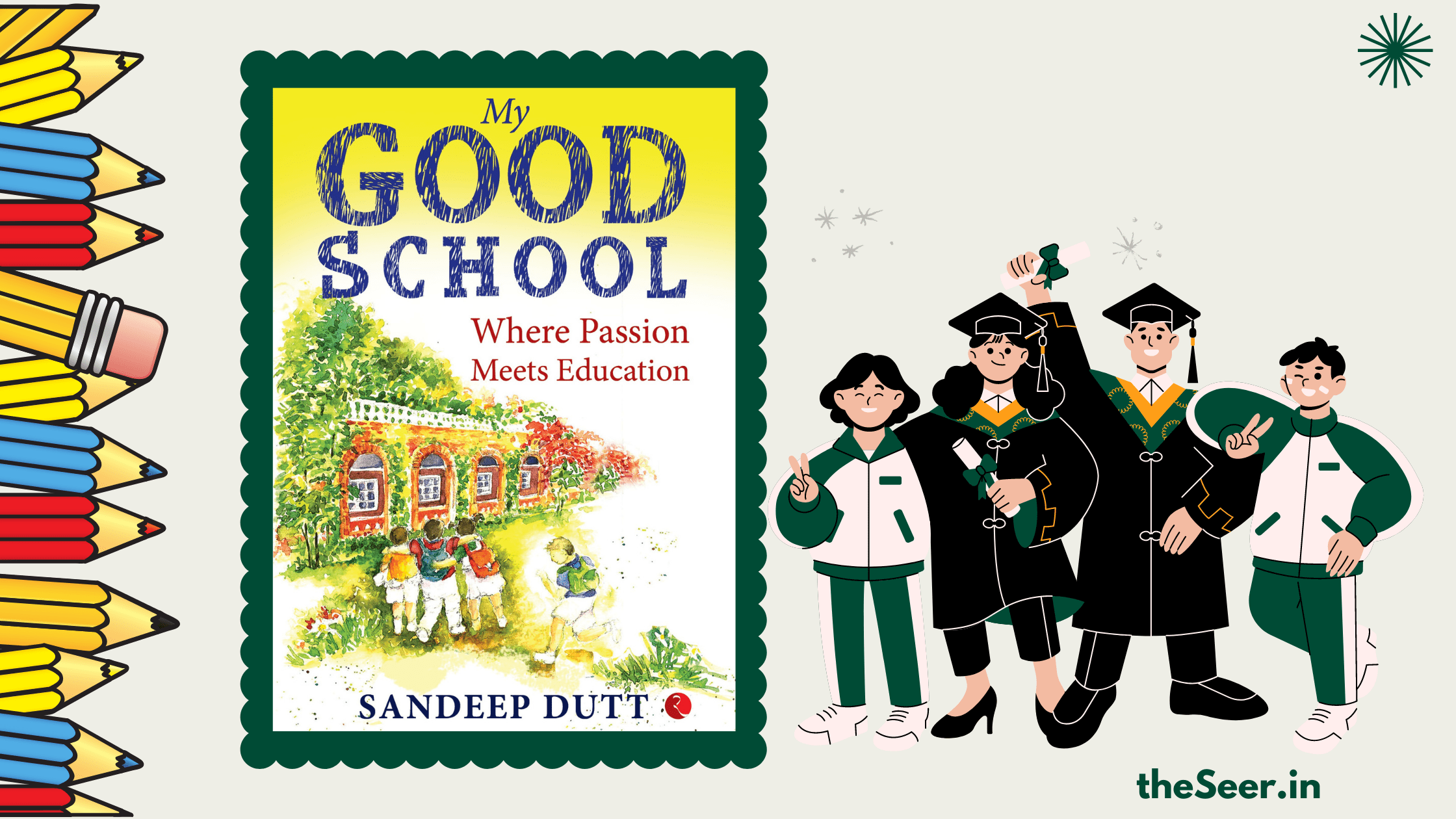“Be patient toward all that is unsolved in your heart and try to love the questions themselves, like locked rooms and like books that are now written in a very foreign tongue. Do not now seek the answers, which cannot be given you because you would not be able to live them. And the point is, to live everything. Live the questions now. Perhaps you will then gradually, without noticing it, live along some distant day into the answer.” – R.M. Rilke
I was reminded of these lines excerpted above when I reached the second chapter of my latest read. German poet R.M. Rilke wrote thus in one of his letters to a young aspiring poet who was looking for writing advice from Rilke. While the lines definitely apply if you are looking to compose poetry but I’m sure they also apply for anyone chasing any creative pursuit. Product Management is as much an art as it is a science. As such, Rilke’s advice also applies to folks who want to compose products?—?products that are beautiful as well as highly functional, products that are wanted and are used when they are launched, products that can develop a new market if one doesn’t exist, products that keep improving with time and usage, and products that don’t meekly surrender in death but achieve martyrdom in the battlefield aka marketplace when they exit. The second chapter of The Lean Product Playbook by Dan Olsen talks about Problem Space versus Solution Space and underlines the importance of separating the two. With that separation, also comes the criticality of spending enough time in the problem space before getting into the solution space.
Book as a Product
Dan Olsen puts his book through the same rigorous processes and tests that he would like any product to go through. The book is treated as a product itself and at the outset, he pins its objective as neatly as possible. The title happens to be ‘The Lean Product Playbook’ and if you are a little confused about what to expect from the book, the subtitle makes it easier to calibrate your expectations — “How to Innovate with Minimum Viable Product and Rapid Customer Feedback.” At this point, you get to know that this book gives a lot of page-time to MVPs and the process of getting usable customer feedback. The book has been published by John Wiley & Sons, Inc., Hoboken, New Jersey and I read it on Kindle.

From Lean Startup to Lean Playbook
In many ways, this book is a worthy successor of another popular book amongst product people?—?The Lean Startup by Eric Ries. While ‘The Lean Startup’ explained the foundations of the Lean concept, this book goes deeper into the execution phase and spends more time helping you figure out How-To-Do-Lean. In short, The Lean Startup answers the ‘What? and Why?’, and Dan Olsen’s book answers the ‘How? and When?’. The point is, if you have not read Eric’s book, it’s a good idea to do so before coming to Dan Olsen’s work. In his own words, “I wrote The Lean Product Playbook to fill the knowledge gaps faced by many people who want to create a product using Lean Startup principles.”
The book is divided into 3 parts–
1. Core concepts to understand the concept of Product-Market Fit

2. Following the Lean Product Process (six steps) to achieve Product-Market Fit.

3. Building/Optimizing your product after establishing Product-Market Fit.

The author describes all these six steps in point 2 in detail with real world examples from his experience at Intuit where he worked on Quicken as well as from his time helping other companies of the world apply Lean principles.
More Observations
There are several scenarios which can be directly lifted from the book and plugged into any product development team’s workstyle with minor modifications to drive better outcomes for their products. For the number of examples, and step-by-step processes this book comes with, it definitely fills a vacuum between the concepts of Lean product development and the execution part of it. Target Market Segmentation, Technology Adoption Life Cycle, Personas, Underserved Customer Needs, Customer Discovery Interviews, Customer Benefit Ladders, Satisfaction Framework, Customer Value, MVP Feature Set Specification, Prototyping, MVP tests, UX Design?—?the book covers all these and many more arms of Lean product development in detail with practical examples to learn from.
Over the last decade, Lean has become the ‘Meditation’ of the product world. Most people keep talking about its benefits, few practise it, and fewer still practise it right. You truly understand the benefits of Lean only when you practise it effectively. At the same time, you get to understand its use cases better when you keep at it iteratively for a longer duration of time. Keeping that in mind, I’m sure that this book is going to help product folks get better at developing solutions to real problems instead of fishing for problems their self-attested product solves. A lot of startups today are trapped in the loop of solving the same problem over and over. If it’s not by choice to ride the wave for making quick money, this book may help such companies break that loop as well.
Like what you just read? Become TheSeer Insider. You will be receiving a letter from us once in a while to help you live a more mindful life. Enter your email id below and click on subscribe. We won’t spam you, ever!
















